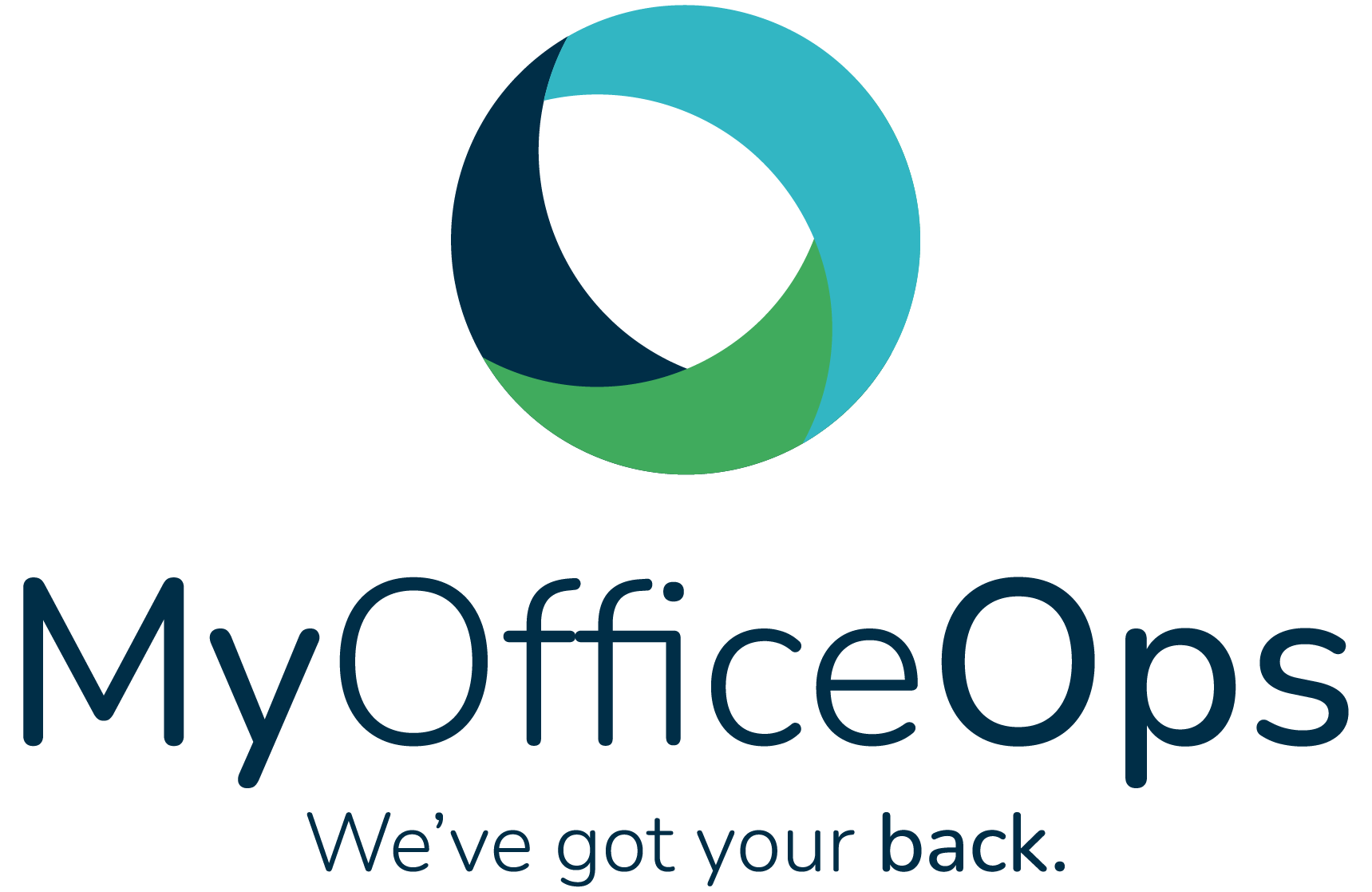Business owners who want to grow fast often look at acquisitions. But here’s the reality: most M&A deals fail to create expected value. The difference between success and disappointment? Having the right mergers and acquisitions consulting approach from day one.
Deal activity is rebounding strongly in 2025, with 79% of M&A advisors expecting increased transaction flow this year. Companies are sitting on approximately $7.5 trillion in cash, creating tremendous opportunities for business owners who understand how to approach M&A strategically.
Understanding Mergers And Acquisitions Consulting
Mergers and acquisitions consultancy includes strategic advising services that help business owners through complicated mergers. M&A consultants serve as your trusted advisors, helping you assess opportunities, structure deals, manage risks, and execute successful integrations.
Professional M&A consulting usually includes:
- Valuation analysis and financial modeling
- Due diligence coordination and oversight
- Negotiation support and strategy development
- Regulatory compliance guidance
- Post-merger integration planning
Business owners need expert M&A consulting because these transactions involve significant risks that can destroy value if handled incorrectly. Professional consultants help reduce risks through thorough due diligence, ensure accurate valuations, develop integration plans, and structure deals that maximize synergies.
Step 1: Develop A Clear M&A Strategy
Strategic planning forms the foundation of successful M&A activity. Before pursuing any acquisition opportunities, you need a clear understanding of your long-term business goals and how M&A fits into your growth strategy.
Start by aligning your M&A strategy with your business objectives. Are you looking to expand into new markets, acquire new technologies, eliminate competition, or achieve economies of scale? Your strategic intent will determine the types of targets you should consider.
Key acquisition criteria to establish include:
- Market Position: Companies that strengthen your competitive advantage
- Financial Performance: Strong revenue growth, profitability, and cash flow
- Cultural Compatibility: Values and management styles that align with yours
- Synergy Potential: Clear opportunities for value creation beyond standalone performance
Effective market analysis requires both quantitative research and qualitative insights. Use industry reports, financial databases, and competitive intelligence to identify potential targets. Network within your industry to understand which companies might be considering strategic alternatives.
Step 2: Identifying And Screening Potential Targets
Once your M&A strategy is clear, systematically identify and screen potential acquisition targets. This process requires research, networking, and strategic outreach to build a pipeline of viable opportunities.
Start by creating a comprehensive list of potential targets within your defined criteria. Use industry databases, trade publications, and professional networks to identify companies that match your strategic requirements.
Your screening process should evaluate:
- Revenue trends and profitability margins
- Debt levels and cash flow generation
- Business model compatibility with your operations
- Growth potential and market positioning
- Management team strength and capabilities
Initial outreach requires careful planning and professional execution. Your first contact often determines whether discussions proceed productively. Consider engaging intermediaries who have existing relationships with potential targets, as warm introductions usually generate better responses.
The Letter of Intent (LOI) establishes basic terms for proceeding with due diligence. This document should outline the proposed transaction structure, purchase price range, key terms and conditions, exclusivity period, and timeline for completion.
Confidentiality agreements protect both parties during due diligence. Make sure your Non-Disclosure Agreement covers all team members who will access confidential information.
Step 3: Acquisition Planning And Valuation Analysis
Successful acquisitions require detailed planning that addresses timing, financing, negotiation strategy, and valuation methodology. Your acquisition plan serves as the roadmap for executing the transaction while managing risks and maximizing value creation.
Developing your acquisition plan starts with establishing realistic timelines. Due diligence generally takes 60-90 days for middle-market transactions, while legal documentation and regulatory approvals can add several additional months.
Common financing options include:
- Cash transactions: Provide certainty and speed but require substantial liquidity
- Debt financing: Preserves cash but increases leverage and may require lender approval
- Seller financing: Bridges valuation gaps while allowing sellers to participate in upside
- Stock transactions: Offer tax advantages but create ongoing relationships
Valuation analysis forms the cornerstone of your negotiation strategy. Multiple valuation methodologies provide different perspectives on fair value, and sophisticated buyers usually use several approaches to validate their analysis.
Discounted Cash Flow (DCF) projects the target’s future cash flows and discounts them to present value using an appropriate cost of capital. This method works well for businesses with predictable cash flows but requires careful assumptions about growth rates and margins.
Comparable Company Analysis uses valuation multiples from similar public companies to estimate the target’s value. Common multiples include Enterprise Value/EBITDA, Price/Earnings, and Price/Sales ratios.
EBITDA multiples remain the most common valuation metric for middle-market transactions. FinTech & Services industries commanded the highest average multiples at 10.1x EV/EBITDA in 2024, while Healthcare also drew strong pricing.
Step 4: Due Diligence – The Critical Examination
Due diligence represents the most critical phase of any M&A transaction, providing your last opportunity to validate assumptions and identify potential risks before committing to the acquisition.
Financial due diligence starts with verifying the accuracy and completeness of the target’s financial statements. Review audited financials for the past three to five years, focusing on revenue recognition policies, expense classifications, and accounting treatments.
Key areas to examine include:
- Revenue Quality: Sustainability and predictability of income streams
- Cash Management: Bill pay processes and working capital practices
- Customer Concentration: Risk from dependency on major customers
- Recurring Revenue: 69% of investment bankers cite this as most important to acquirers
Legal due diligence identifies potential liabilities and compliance issues that could affect transaction value. Review material contracts, litigation history, intellectual property rights, employment agreements, and regulatory compliance records.
Operational due diligence evaluates the target’s business processes, systems, and capabilities. Assess the strength of management teams, operational procedures, technology infrastructure, and competitive positioning.
Cultural due diligence often receives insufficient attention despite its critical importance for integration success. Evaluate the target’s organizational culture, management style, employee engagement levels, and communication practices.
Common issues discovered during due diligence include unreliable financial reporting, customer concentration risks, outdated technology systems, environmental liabilities, and inadequate internal controls. These discoveries don’t necessarily disqualify transactions but may affect pricing or deal structure.
Step 5: Negotiation And Legal Documentation
Successful negotiation requires preparation, patience, and clear understanding of your priorities versus areas where you can show flexibility. The negotiation phase determines not only purchase price but also terms and conditions that govern your transaction.
Key negotiation points include:
- Purchase Price: Including adjustment mechanisms for working capital and debt
- Payment Structure: Cash at closing versus earnouts or seller financing
- Representations and Warranties: What the seller promises about business condition
- Indemnification: How post-closing issues will be resolved financially
- Escrow Arrangements: Typically 10-20% of purchase price held for 12-24 months
Purchase price adjustment mechanisms guarantee fairness when closing occurs months after signing. Working capital adjustments compensate for normal fluctuations in business operations, while debt and cash adjustments reflect the actual financial position at closing.
Representations and warranties allocate risk between buyer and seller by defining what the seller promises about business conditions. These statements cover financial accuracy, legal compliance, operational matters, and numerous other business aspects.
The purchase and sale agreement represents the definitive transaction document that governs all aspects of the deal. This comprehensive contract generally runs 50-100 pages and addresses purchase price, closing conditions, representations and warranties, indemnification, and employment matters.
Legal counsel plays an essential role throughout the negotiation process. Experienced M&A attorneys understand market terms, can identify unusual provisions, and help structure arrangements that protect your interests while maintaining deal momentum.

Step 6: Financing The Deal And Closing
Transaction financing requires careful planning and coordination among multiple parties to make sure funding is available when needed. Your financing strategy affects not only transaction feasibility but also post-closing operations.
Debt financing options include:
- Traditional bank loans: Most attractive rates but require personal guarantees
- Mezzanine funding: More flexibility but higher costs and equity participation
- Asset-based lending: Uses target’s assets as collateral for higher leverage
IRS considerations affect both transaction structure and financing arrangements. Asset purchases receive different tax treatment than stock purchases, influencing both buyer and seller preferences. Debt financing creates tax-deductible interest expenses, while equity financing provides more flexibility.
Seller financing bridges valuation gaps while allowing sellers to participate in future upside. These arrangements work well when sellers believe in the business’s continued growth prospects but want to reduce their ongoing management responsibilities.
Preparing for closing requires coordinating numerous tasks among multiple parties within compressed timeframes. Typical closing conditions include completion of due diligence, execution of definitive agreements, receipt of required approvals, and satisfaction of financing requirements.
Documentation preparation involves assembling corporate resolutions, legal opinions, insurance certificates, regulatory filings, and numerous other items required for closing. Create detailed closing checklists and assign responsibility for each item.
Step 7: Post-Merger Integration And Ongoing Monitoring
Post-merger integration determines whether your M&A transaction creates anticipated value or becomes another disappointing deal that fails to meet expectations. Successful integration requires systematic planning, clear communication, and careful execution.
Integration planning should begin during due diligence rather than waiting until after closing. Early planning allows you to identify potential issues, develop solutions, and communicate plans to key stakeholders before uncertainty undermines business performance.
Critical integration areas include:
- People Integration: Retention strategies for key employees and clear communication
- Process Integration: Combining operational procedures and quality standards
- Systems Integration: Prioritizing mission-critical systems like financial reporting
- Cultural Integration: Respecting strengths while establishing clear expectations
Performance monitoring tracks progress against integration objectives and financial projections. Establish clear metrics for revenue synergies, cost savings, employee retention, and customer satisfaction.
Building trust with acquired employees requires consistent actions that demonstrate your commitment to their success. Honor existing commitments, invest in training and development, and create opportunities for career advancement within the combined organization.
Common Challenges In M&A And How To Overcome Them
M&A transactions face predictable challenges that can derail otherwise sound strategic initiatives. Understanding these common problems and their solutions helps you prepare for difficulties and respond effectively.
Frequent M&A challenges include:
- Cultural clashes: Different values and communication styles creating conflict
- Poor due diligence: Inadequate investigation leading to unpleasant surprises
- Integration failures: Underestimating complexity of combining operations
- Overpayment: Destroying shareholder value through excessive purchase prices
- Financing difficulties: Creating operational constraints or preventing completion
Cultural clashes represent the most frequent cause of M&A failure, occurring when organizations with different values, communication styles, or operating philosophies struggle to work together effectively. Prevent cultural problems by conducting thorough cultural due diligence and developing integration plans that respect both organizational strengths.
Poor due diligence leads to unpleasant surprises that can destroy transaction value or create ongoing operational problems. Avoid due diligence failures by allocating sufficient time and resources for thorough investigation and engaging qualified advisors who understand your industry.
Integration failures occur when organizations underestimate the complexity of combining operations, systems, and teams. Successful integration requires dedicated resources, clear project management, and realistic timelines that allow for inevitable complications.
The value of experienced M&A consultants becomes apparent when dealing with these challenges. Professional advisors have seen these problems before and can help you avoid common mistakes while responding effectively to unexpected issues.
Why Choose MyOfficeOps For Mergers And Acquisitions Consulting Support
MyOfficeOps brings a unique value proposition to M&A transactions through our integrated approach that combines bookkeeping, business analytics, CFO oversight, and strategic advisory services under one comprehensive solution.
Our competitive advantages include:
- Integrated Service Model: Comprehensive support from strategy through integration
- Experienced Team: Over 60 years of combined financial management experience
- Proven Track Record: Successfully supported over 400 clients through business transitions
- Predictable Pricing: Flat monthly fees that help you budget for M&A support
What sets MyOfficeOps apart is our focus on profitable growth rather than simply completing transactions. We help business owners build profitable, sellable businesses that attract high-quality buyers and command premium valuations.
Our mergers and acquisitions SERVICES extend beyond traditional consulting to include the operational support needed for successful integration. This approach makes professional M&A guidance accessible to middle-market companies.
MyOfficeOps partners with business owners throughout their growth journey, providing the financial foundation, strategic insights, and operational support needed to build valuable, transferable businesses. Whether you’re preparing for acquisition, seeking growth through acquisition, or planning for eventual exit, our team provides the expertise you need.
Contact us to discuss how MyOfficeOps can support your M&A objectives and help you achieve your strategic growth goals through professional consulting and comprehensive business support services.
FAQs
How long does the typical M&A process take?
Most middle-market M&A transactions take 6-12 months from initial discussions to closing, with due diligence requiring 60-90 days.
What’s the most common reason M&A deals fail?
Cultural mismatches between organizations cause the majority of M&A failures, followed by poor integration planning and unrealistic expectations.
When should I start preparing my business for potential acquisition?
Begin preparation 12-18 months before you plan to pursue M&A opportunities to make sure your finances and operations are optimized.
What’s the difference between asset and stock purchases?
Asset purchases buy specific business assets while stock purchases acquire the entire company including all liabilities and legal obligations.
How do I know if my company is ready for acquisitions?
Your business should have strong cash flow, solid management systems, and clear strategic objectives before pursuing acquisition opportunities.
What happens to employees during M&A transactions?
Employee retention depends on integration planning, but key personnel typically receive retention packages to make sure business continuity.
Do I need an investment banker for smaller deals?
While not required, professional advisors help with valuations, negotiations, and deal structure even for smaller middle-market transactions.
What should I do if due diligence reveals problems?
Issues discovered during due diligence can lead to price adjustments, deal restructuring, or walking away if problems are too significant.





